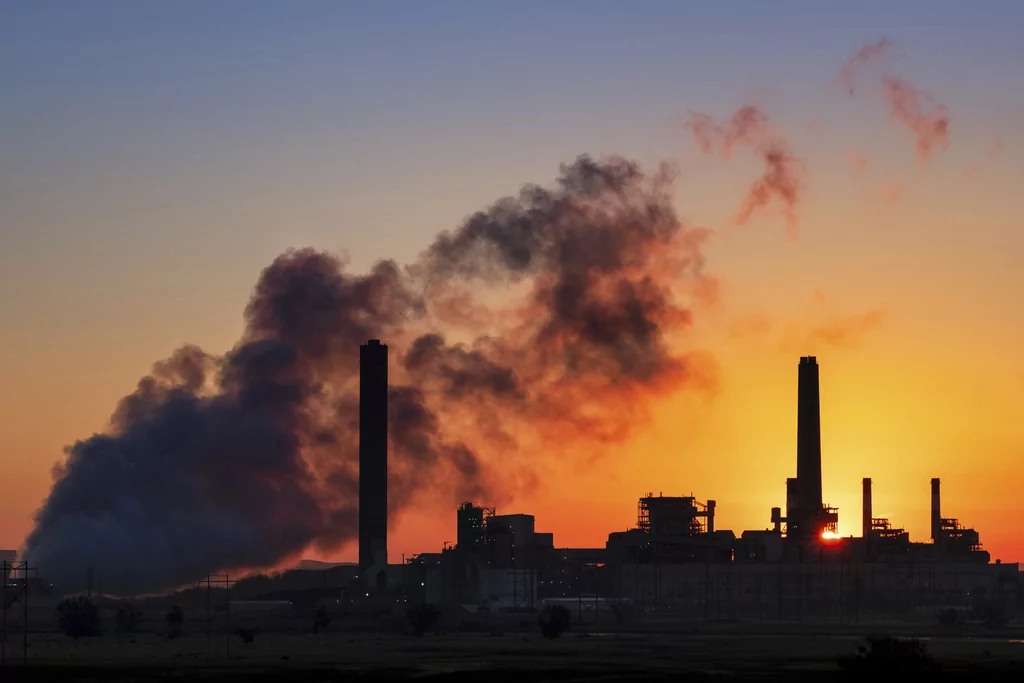
West Virginia and 24 other states are asking the Supreme Court to stall a Biden administration rule forcing fossil fuel plants to cut carbon emissions, spotlighting the Environmental Protection Agency once again.
There are now eight emergency applications challenging the EPA’s rule that would force coal- and gas-fired power plants to limit carbon emissions beginning in 2030. The justices have asked the government to provide responses to the states’ efforts to stall the rule by Aug. 19.
Earlier this week, the Chamber of Commerce thrust its support behind the effort, filing an amicus brief on Aug. 5 asking the justices to pause the EPA’s rule while lower court challenges proceed.

The crux of the Chamber’s brief asserts the EPA’s rule is “unworkable” in part because it will jeopardize electricity reliability and affordability by discouraging the use and development of fossil fuel power plants.
“That is particularly concerning because such generation is needed to balance the expansion of renewables and to satisfy the significant increase in electricity demand that is expected over the coming years and decades, due in part to data center and AI growth,” the brief states.
It further asserts the rule exceeds the EPA authority under Section 111 of the Clean Air Act by “selecting a system of emission reduction that has not ‘been adequately demonstrated’” — namely, carbon capture and storage technology.
Fresh off a Supreme Court ruling in June that blocked the EPA’s “Good Neighbor” ozone pollution rule by a 6-3 decision, the latest piling of challenges against the agency’s carbon reduction rule marks another effort to force the justices to act in the middle of their summer recess, which continues for over a month until they reconvene in late September.
Challengers to the EPA rule argue it incorrectly relies upon Section 111 of the CAA to bring forth the “best system of emission reduction” for power plants.
However, the Supreme Court ruled in a separate case brought by West Virginia in 2022 that Section 111 did not authorize the EPA to shift electricity production to cleaner sources as part of its effort to lower carbon emissions, declaring it unlawful under the “major questions” doctrine.
The bevy of emergency applications against the EPA’s rule followed a July 19 ruling by a unanimous panel on the U.S. Court of Appeals for the D.C. Circuit, which refused to block the rule while that challenge proceeded.
The D.C. Circuit’s ruling relied in part on the EPA’s claim that the CAA merely requires examples of technological feasibility from test or pilot projects without independent evaluation over whether that statutory interpretation was correct.
According to the brief from the Chamber, the Supreme Court “must exercise independent judgment in determining the meaning of statutory provisions,” citing the recent decision in Loper Bright v. Raimondo, which overturned the longstanding Chevron precedent that told the judiciary to, more often than not, defer to an agency’s interpretation of otherwise vaguely written statutes.
CLICK HERE TO READ MORE FROM THE WASHINGTON EXAMINER
The calls to action over the EPA rule come as the Supreme Court is weighing several more emergency applications pertaining to Biden administration measures, including two petitions over changes to the Title IX rule for transgender students, a challenge to the new student loans savings plan, as well as a parental rights fight and a dispute over funding for abortion counseling in Oklahoma.
Justices are slated to reconvene for their annual long conference during the final week of September, where they will decide to grant more cases for consideration on the merits out of a group of thousands of petitions they receive ahead of each term.







